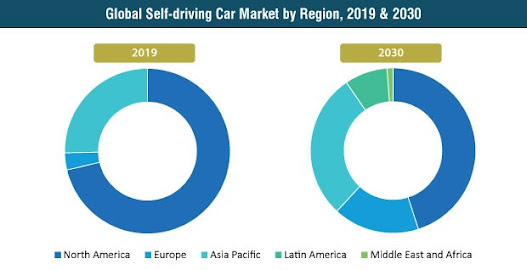Understanding the Different Types of Backup: Full, Incremental, and Differential

When it comes to backup strategies, understanding the different types of backups is essential. There are three primary types of backups: Full, Incremental, and Differential. Let's take a closer look at each of these backup types and their respective benefits. Full Backup A full backup, as the name suggests, is a complete copy of all the data that needs to be backed up. It captures all the files and folders, as well as the system files, applications, and settings. Full backups are typically the most time-consuming and resource-intensive of all the backup types. However, they offer the most comprehensive protection against data loss. In case of a data loss event, a full backup can restore the system to its previous state. Incremental Backup Incremental backups are much faster and less resource-intensive than full backups. Instead of copying all data, an incremental backup captures only the changes made since the last backup. For example, if a full backup was t

